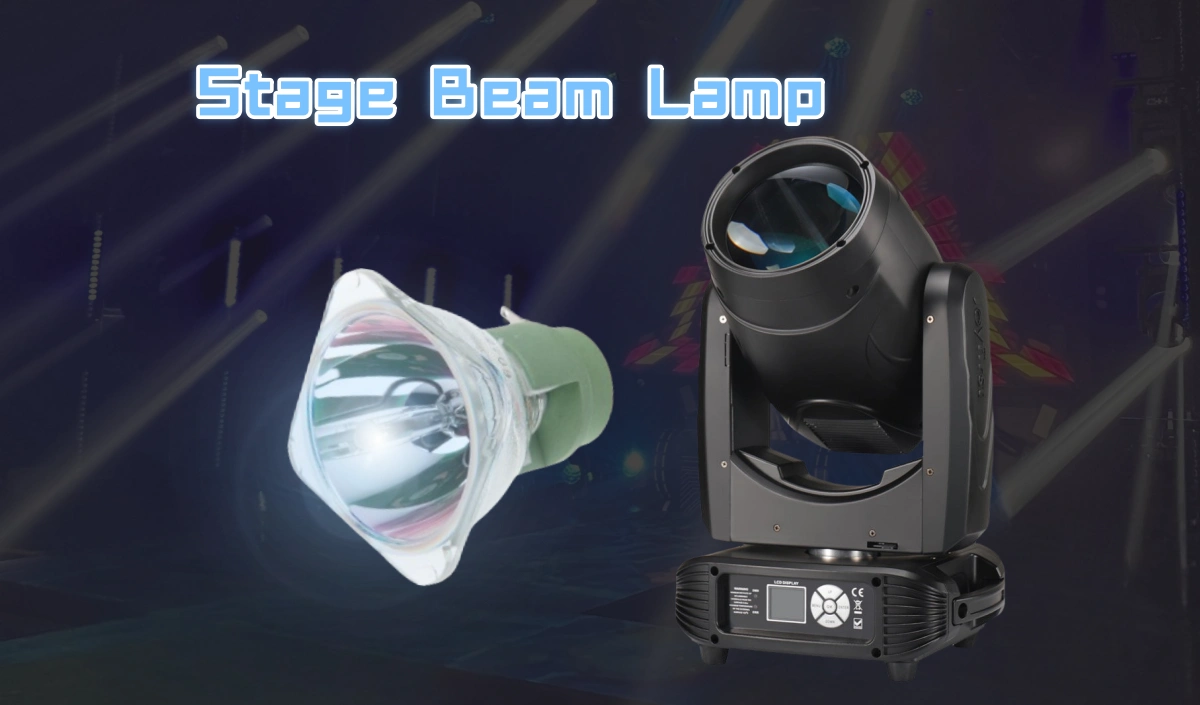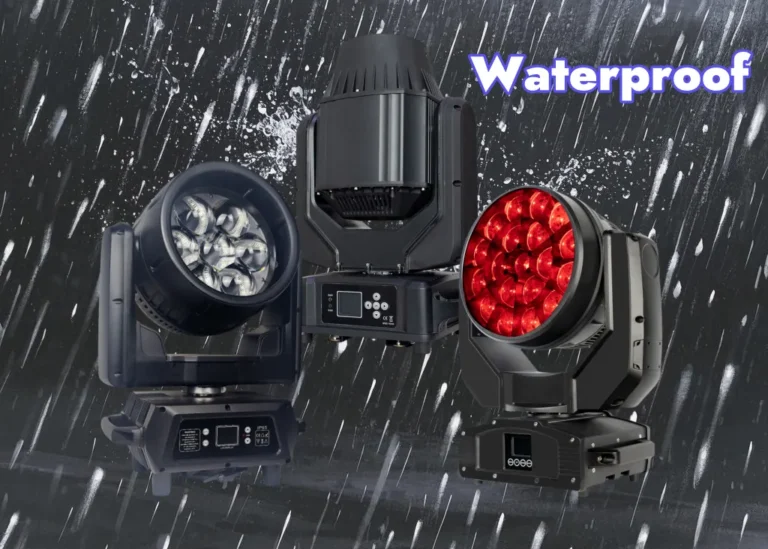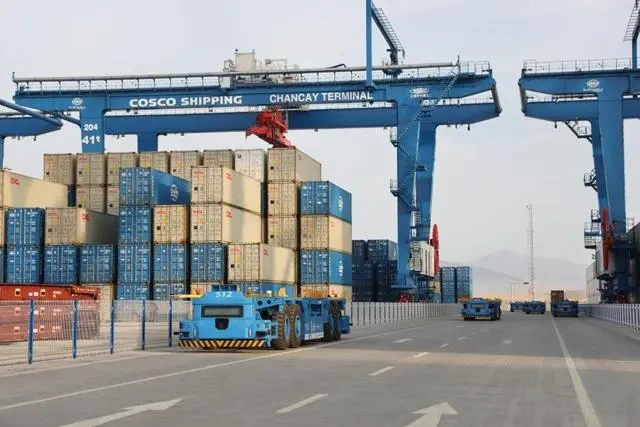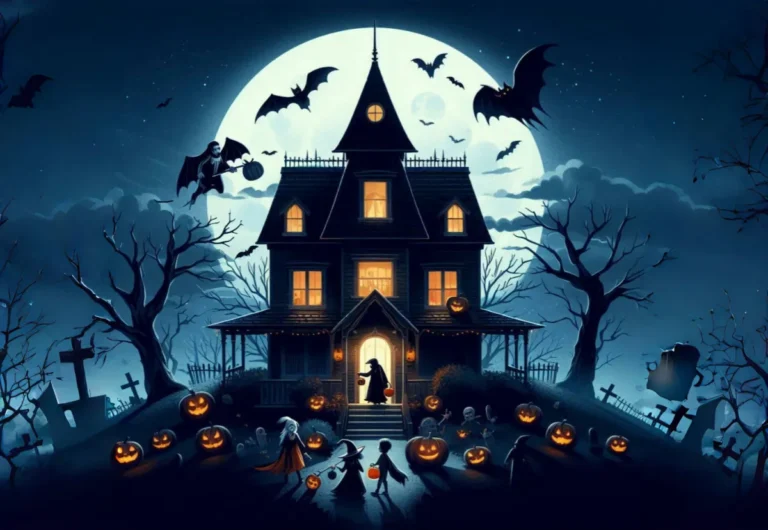In the recent review and latest revision of the Minamata Convention and the EU Mercury Regulation (EU 2017/857), HID light sources for special purposes (such as projector lamps, stage lights) are not restricted.
The EU RoHS Directive (2011/65/EU) stipulates the requirements for the sale of electrical and electronic equipment containing certain hazardous substances on the EU market. Relevant laws and regulations stipulate that mercury-containing lighting products other than those explicitly exempted will be banned. The exemption list is determined uniformly by the European Commission and has an exemption period. It should be noted that the exemption expiration date listed is usually not the final ban date, and it can be extended by applying for renewal after the exemption period expires. During the evaluation period of the exemption renewal application for such products, the existing exemption remains valid and may even exceed the existing exemption expiration date. If the exemption renewal is not approved, the European Commission must grant a transition period of 12-18 months to allow the market to have a buffer period to complete the conversion.
RoHS exemption 4(f)-II allows for high brightness projection lamps (>2000 ANSI lumens) until February 24, 2027. As projector manufacturers speculate that mercury-containing projection lamps will still be needed after February 2027, the lighting industry is expected to apply for another 5-year exemption renewal in 2025.
RoHS exemption 4(f)-I allows for low brightness projection lamps (<2000 ANSI lumens) and stage lamps until February 24, 2025. Lighting Europe, together with several relevant industry associations, has applied for a 5-year extension of this exemption. The current exemption will remain in effect after February 24, 2025 until the European Commission decides on a new renewal or transition period.




